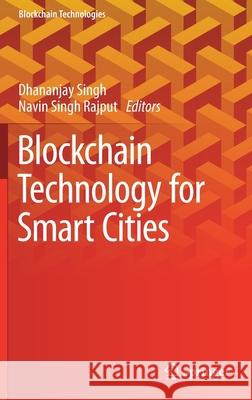Blockchain Technology for Smart Cities » książka
topmenu
Blockchain Technology for Smart Cities
ISBN-13: 9789811522048 / Angielski / Twarda / 2020 / 180 str.
Blockchain Technology for Smart Cities
ISBN-13: 9789811522048 / Angielski / Twarda / 2020 / 180 str.
cena 523,30
(netto: 498,38 VAT: 5%)
Najniższa cena z 30 dni: 501,19
(netto: 498,38 VAT: 5%)
Najniższa cena z 30 dni: 501,19
Termin realizacji zamówienia:
ok. 22 dni roboczych
Dostawa w 2026 r.
ok. 22 dni roboczych
Dostawa w 2026 r.
Darmowa dostawa!
Kategorie:
Kategorie BISAC:
Wydawca:
Springer
Seria wydawnicza:
Język:
Angielski
ISBN-13:
9789811522048
Rok wydania:
2020
Wydanie:
2020
Numer serii:
000957882
Ilość stron:
180
Waga:
0.44 kg
Wymiary:
23.39 x 15.6 x 1.27
Oprawa:
Twarda
Wolumenów:
01
Dodatkowe informacje:
Wydanie ilustrowane











